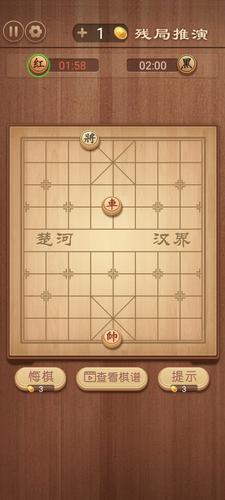Chinese chess, a two-player strategy game boasting a rich history spanning over 3,000 years, offers a compelling blend of accessibility and depth. Its fundamental rules are straightforward, yet mastering the game requires considerable skill. The chessboard and pieces themselves reflect a continuous evolution shaped by Chinese cultural influences. The dynamic interplay of offense and defense, the strategic use of virtual and real threats, and the intricate balance between overall strategy and individual piece movements create a captivating and endlessly engaging experience.
How to Play: Essential Rules
Keep these key rules in mind:
- The General's confinement: The General remains within the central nine squares (the "Nine Palaces").
- The Advisor's limited movement: The Advisor stays within the four corners of its camp.
- The Elephant's diagonal leaps: The Elephant moves diagonally, always two squares at a time.
- The Horse's "L" shaped movement: The Horse moves in an "L" shape – one square horizontally or vertically, then one square perpendicularly.
- The Cannon's unique attack: The Cannon must jump over one piece to attack another.
- The Rook's straight-line movement: The Rook moves horizontally or vertically any number of squares.
- Pawn movement: Pawns move forward one square at a time, except when crossing the river (the center line), where they can advance two squares.
### What's New in Version 1.0.5
Last updated: Jul 14, 2024Added the option for the opponent to make the first move.


 Download
Download


























